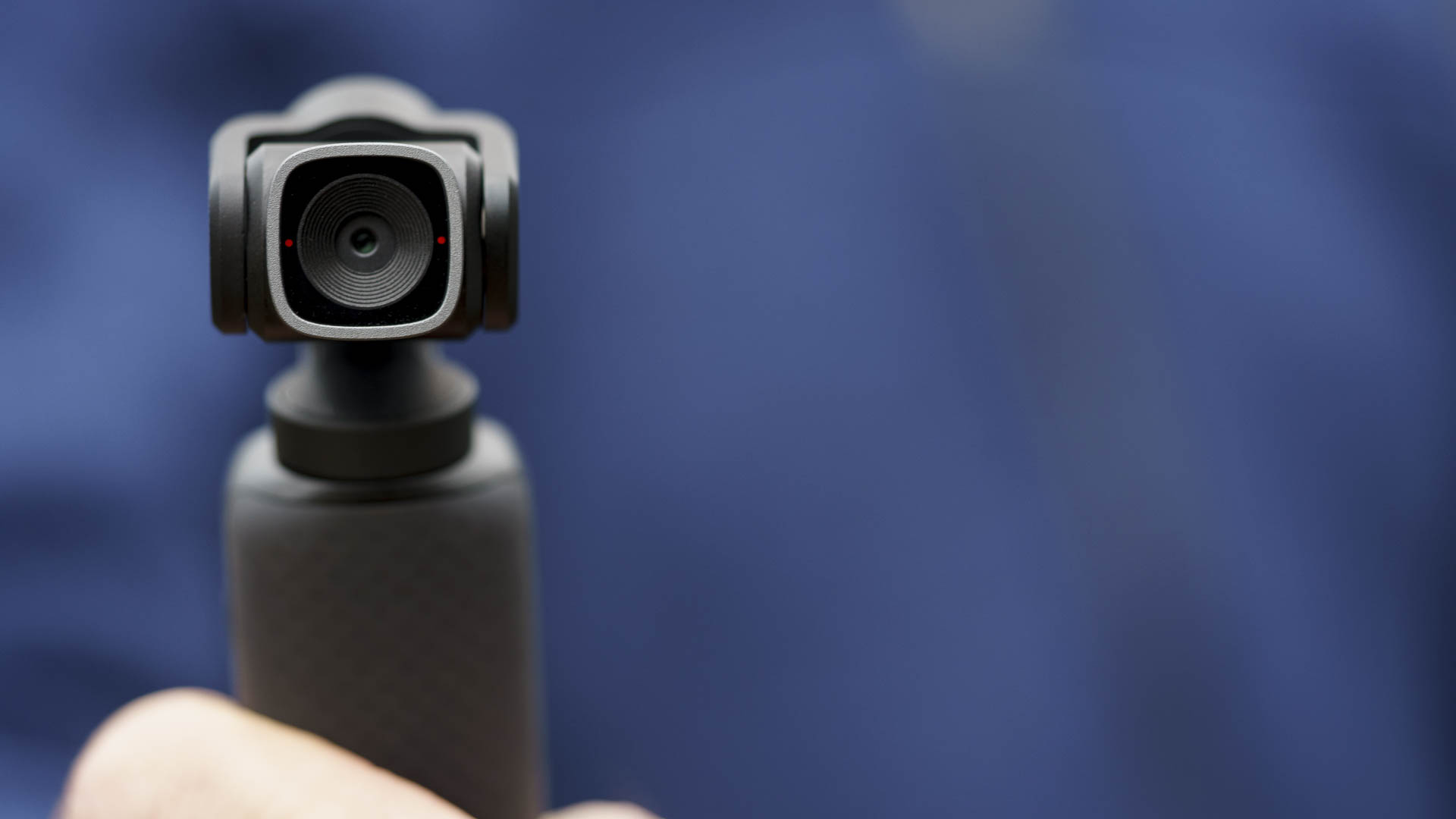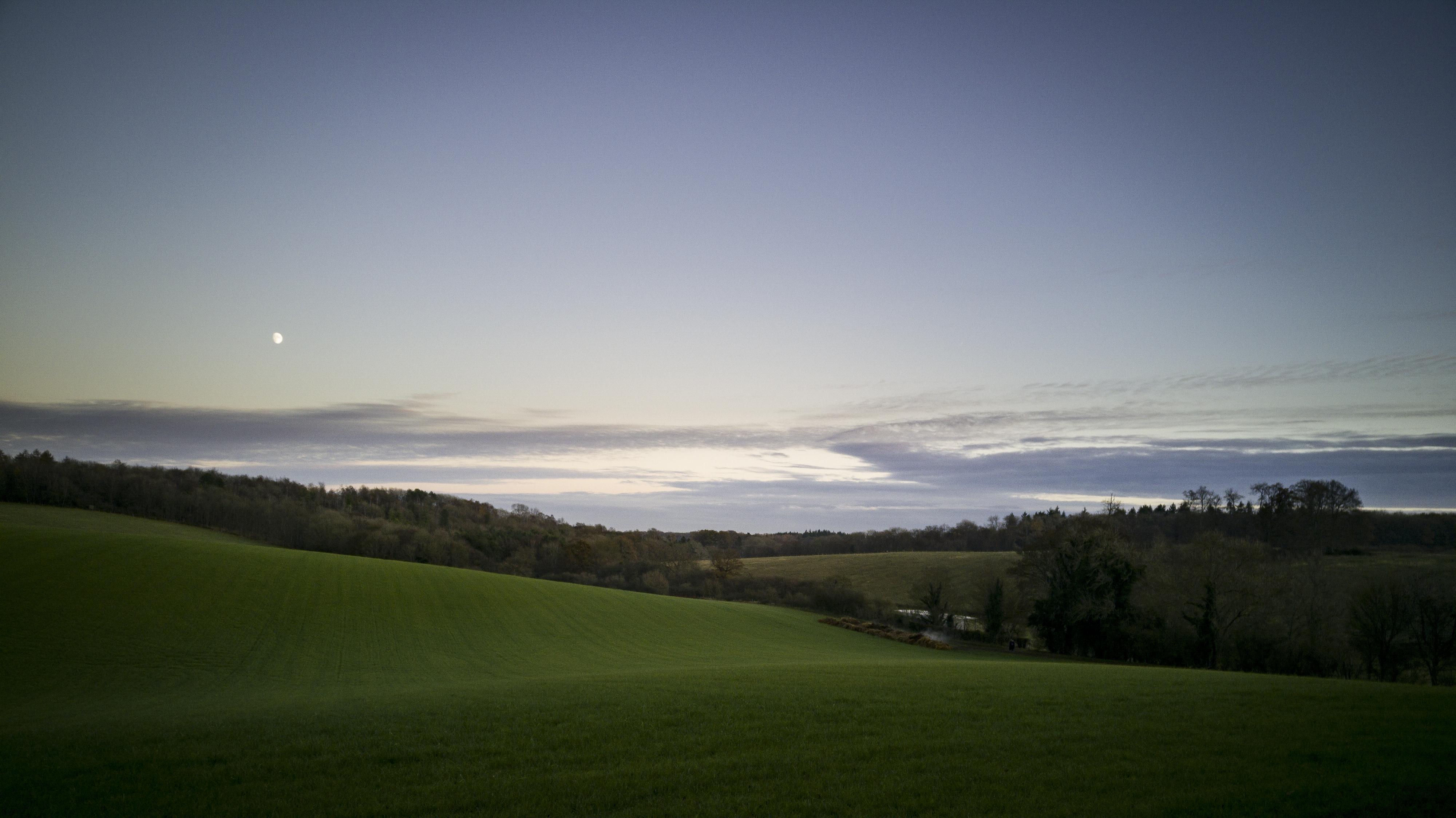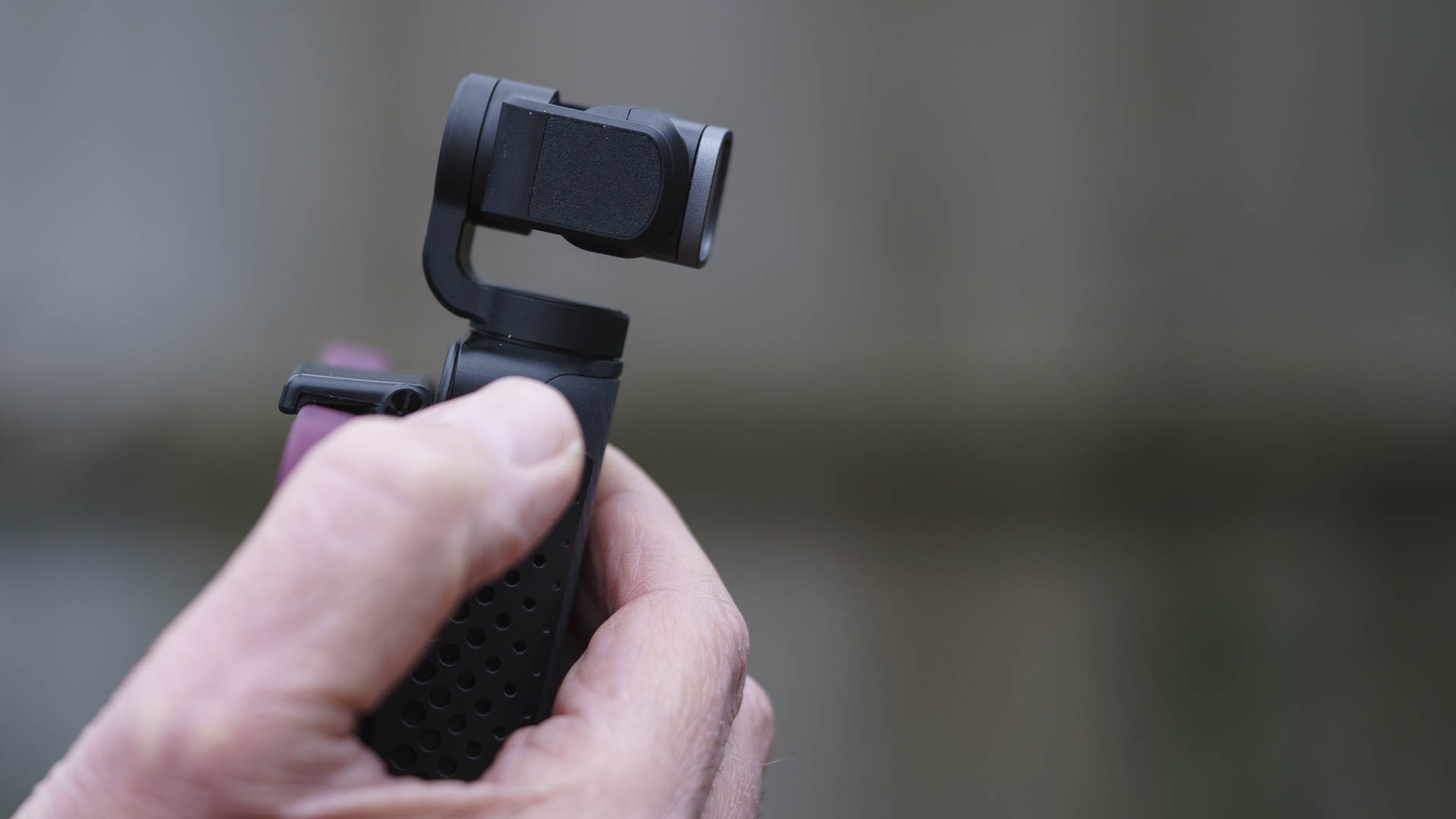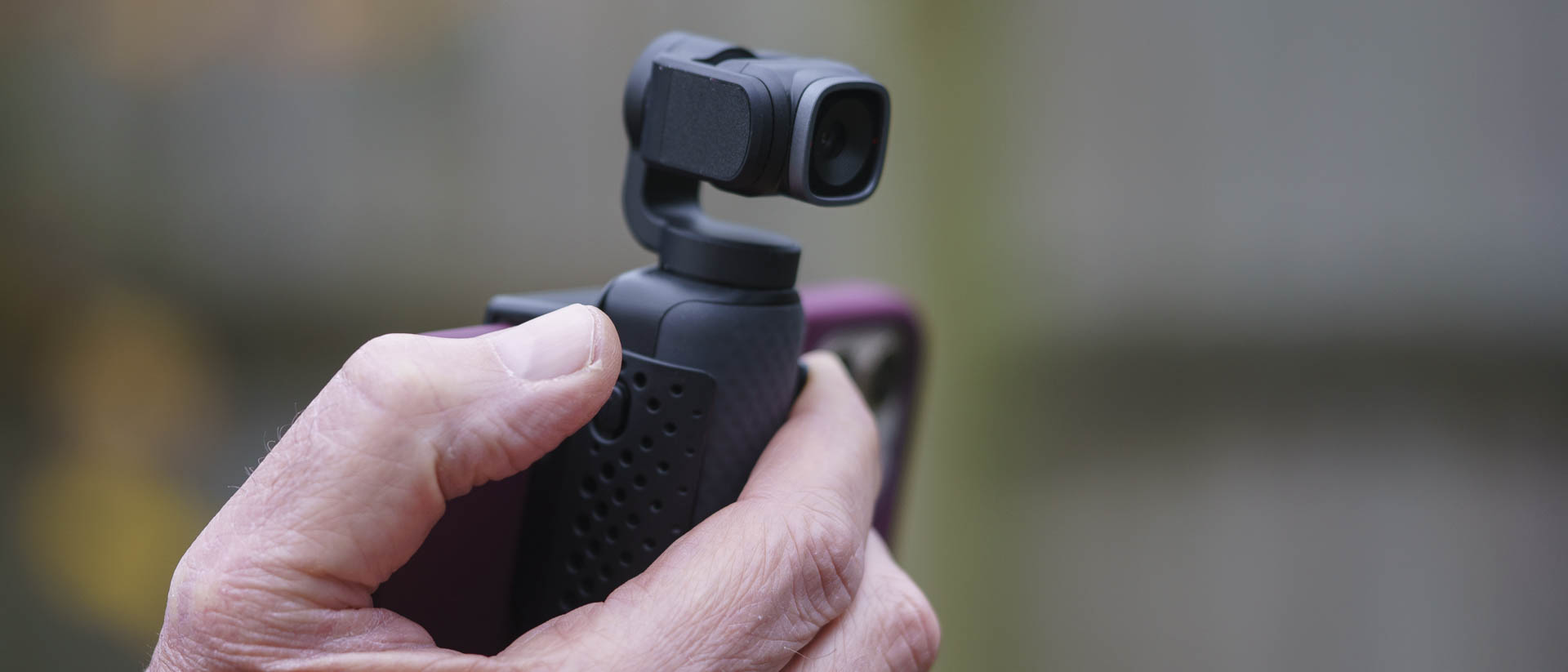Digital Camera World Verdict
Easy to use, but at times frustrating, the Benro Snoppa Vmate is capable of producing very attractive 4K video and 12MP images – especially if you switch from shooting JPEGs to DNG raw files. There’s the odd glitch in the gimbal movements, but it’s good at making watchable footage from video captured when you’re walking or running and it’s great for spontaneous recording.
Pros
- +
Small enough to carry everywhere
- +
Includes case with smartphone grip
- +
Good quality, stabilised 4K footage
Cons
- -
No control over shutter speed
- -
Difficult to position accurately using the controls
- -
Needs a phone connected for full options
Why you can trust Digital Camera World
The Benro Snoppa VMate is the result of a collaboration between Benro, the respected bag and tripod manufacturer and gimbal-maker Snoppa. While the DJI Osmo Pocket, recently replaced by the DJI Pocket 2, is the best known of these small cameras with an integrated gimbal, this is an interesting alternative.
Specifications
Sensor: 12Mp 1/2.3-inch CMOS
Lens: 26mm (equivalent) f/2.0 with 81° angle of view
Autofocus: Phase detection AF
Stills format: DNG raw or JPEG
Video: 4K UHD 24/25/30/50/60fps, FHD 24/25/30/48/50/60/120/192fps
Key features

Aimed at content creators, vloggers and anyone looking to capture everyday adventures, the Benro Snoppa Vmate has a 12Mp 1/2.3-inch sensor behind a lens with a focal length equivalent to 26mm and an aperture of f/2.0. It captures a field of view of 81°.
This camera is mounted in a 3-axis gimbal that’s designed to iron out the wobble in handheld video and make smooth mechanical movements. It can be used by itself, with scenes composed on its small screen, or with a smartphone connected via Bluetooth for a larger view and access to more controls.
The Vmate is really designed for video creation, but it can also be set to shoot stills, Panoramas, Timelapses, Hyperlapses, Slow-motion and light painting.
There’s a collection of gimbal modes including Pan Track, Fast Pan Track, Pan & Tilt Track, Fast Pan & Tilt Track, Lock and FPV Track. They all have their uses, but Pan Track is a good starting point and the Tracking option is handy when you want to keep a subject at the centre of the frame.
Build and handling
Benro supplies the Snoppa Vmate with a slip-on case for the body and a top cover that protects both the lens and the gimbal between shots. The body case incorporates a smartphone grip to enable you to preview your shots on the phone and access all the settings quickly. The fit is counter-intuitive, however, as the case actually covers the small screen on the front of the Vmate body.
The best camera deals, reviews, product advice, and unmissable photography news, direct to your inbox!
The unit itself feels well-made with a metal gimbal and a subtly grippy coating on the front and back of the body.
There’s only one button on the Vmate, it acts as the power, record and shutter button. It takes just over 5 seconds after pressing the button for the Vmate’s gimbal to go through its wake-up movements and for the camera to spring to life. Once awakened, with one exception, it’s very responsive to swipes on the screen to access key features.
You can swipe to move the camera, but this is hard activate and difficult to position precisely. Switching to use a smartphone running the free Vmate app gives you more control and gives access to ISO, exposure compensation and white balance adjustments, but you can’t actually specify the shutter speed.
Performance
After the first pairing, the Vmate connects quickly to a smartphone running the app. There’s an occasional glitch which means you have to restart either the camera or the app, or both, but generally, the connection is pretty reliable.
While the Benro Snoppa VMate is good at compensating for low frequency movement such as the bounce and sway of walking, it struggles a bit more with the high-frequency shake that you may experience when trying to hold the camera still - especially on a cold day. It’s capable of producing smooth pans and reveal-shots, but there’s also the odd stutter.

In the absence of a physical control, it’s best to avoid using the gimbal motors to move the camera while shooting as it’s hard the move it smoothly or precisely and there’s also sometimes a bit of lag in what you see on the smartphone.
There’s no microphone port but there’s an option to swap from recording audio on the Vmate to using the smartphone mic, and you could connect an external mic to the phone for clearer sound.
Verdict

The Benro Snoppa Vmate doesn’t replace a mirrorless or SLR camera but the results it produces are on a par with a good action camera in a gimbal at a fraction of the size. It’s a step-up from the average smartphone but the gimbal movements lack the refinement of the DJI Osmo Pocket.
Its 4K footage looks good while the raw files have more natural colour and greater scope for editing than the JPEGs.
Read more:
• Best action cameras
• Best 360 cameras
• Best stabilising gimbals
• DJI Pocket 2 review
Angela has been testing camera gear from all the major manufacturers since January 2004 and has been Amateur Photographer’s Technical Editor and Head of Testing for Future Publishing’s photography portfolio (Digital Camera Magazine, PhotoPlus: The Canon Magazine, N-Photo, Practical Photoshop, Photography Week and Professional Photography magazines, as well as the Digital Camera World and TechRadar websites). She is the founder of SheClicks - a community group that encourages and supports female photographers.


